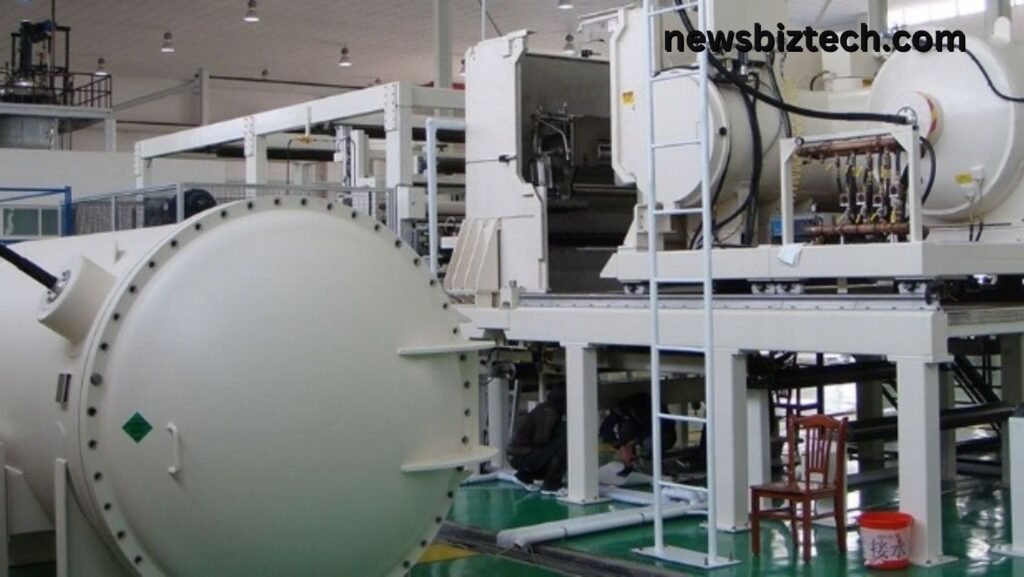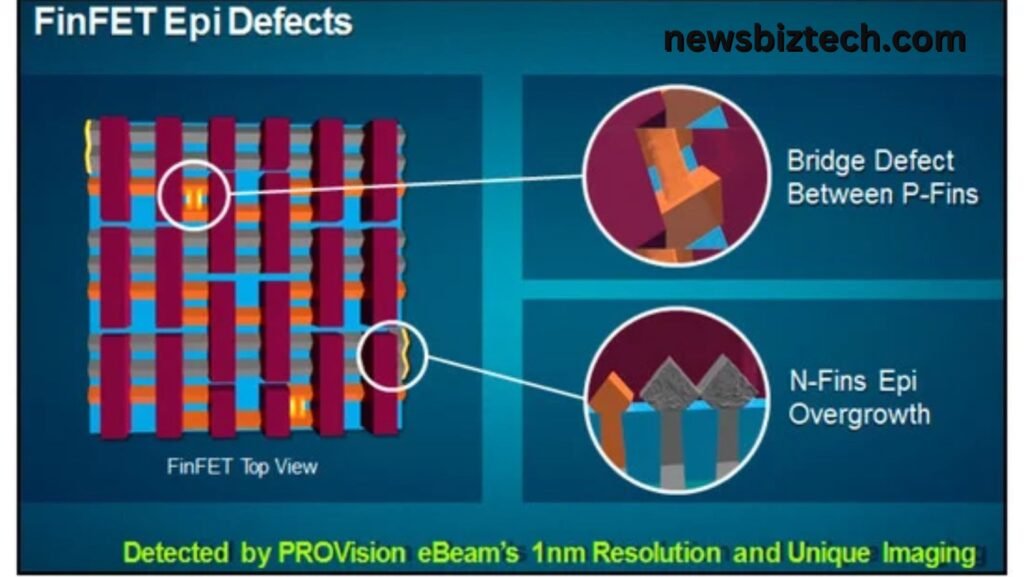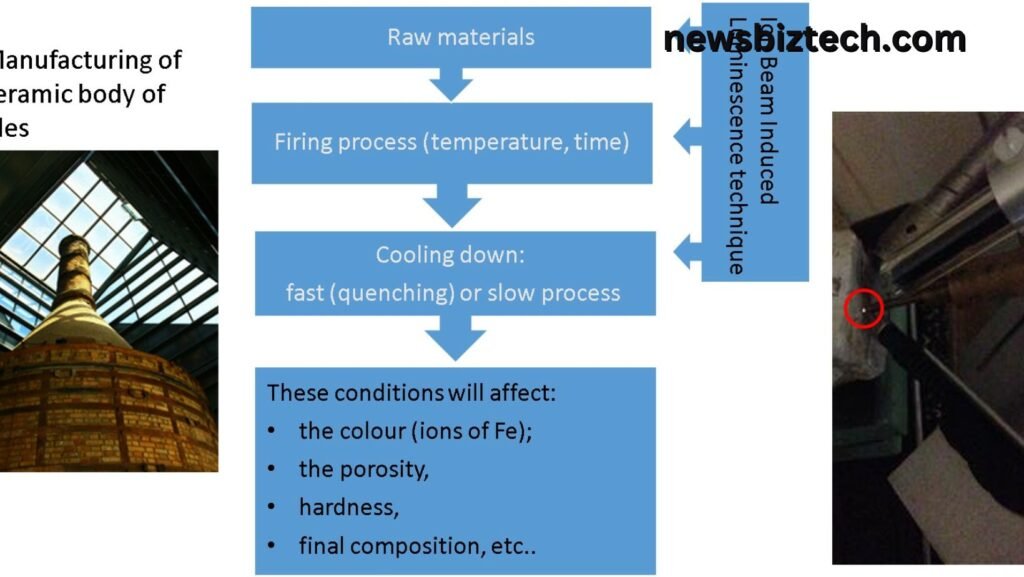The Erie Indemnity Infringement Policy In the framework of intellectual property, CAS Beam Excitation Separation Technology offers a significant advance in identifying and evaluating infringement. Combining modern beam excitation concepts with separation technology seeks to offer a more accurate and effective method of spotting patent infringement, counterfeiting, and other types of intellectual property infringement. This paper offers a thorough investigation of this modern technology, its mechanics, and its use in several spheres. We will explore the fundamental ideas of the technology, its applications in forensic and legal investigations, and how it can change present methods in infringement detection.
Key Takeaways
- Erie Indemnity Infringement CAS Beam Excitation Separation Technology is a groundbreaking technological advancement with potential to transform various industries.
- This technology applies beam excitation and separation methods to improve accuracy in detecting and analyzing intellectual property infringement.
- The technology is poised to have significant applications in fields like intellectual property law, cybersecurity, and digital forensics.
- Erie Indemnity’s focus on innovative technology positions the company as a leader in intellectual property protection and risk management.
- Data-driven results indicate that using CAS Beam Excitation Separation technology increases efficiency in legal and forensic investigations.
Erie Indemnity Infringement CAS Beam Excitement Separation Technology: what is it?
Erie Indemnity is renowned for its leadership in risk management and creative ideas. Developing CAS Beam Excitation Separation Technology, which focusses on intellectual property infringement identification—especially in relation to patents and trademarks—is one of its most important discoveries. This method combines separation technology—which filters and extracts pertinent data from the noise—with beam excitation, which is used to initiate particular reactions in materials or data.
These two techniques taken together enable quite accurate identification of intellectual property infringement. In a time when intellectual property theft and infringement are increasing and costing businesses billions yearly, this approach is absolutely vital.
Also Learn More: The technology of erie indemnity infringement cas beam excitation separation technology
Mechanism of the Separating Technology for CAS Beam Excitation
| Process Step | Description |
|---|---|
| Beam Excitation | Uses high-energy beams to stimulate specific properties of materials, triggering responses that indicate infringement. |
| Separation Technology | Separates relevant data from unrelated information, making it easier to analyze and identify infringements. |
| Analysis & Detection | The isolated data is analyzed using advanced algorithms to detect patterns of infringement, such as patent violations. |
| Reporting | Provides clear, actionable reports to clients, outlining potential infringements and necessary actions. |
For businesses trying to defend their intellectual property, this technique enables far more exact and dependable infringement identification, therefore saving time and money.

Uses of CAS Beam Excitation Separation Technology Intellectual Property Protection
Protection and implementation of intellectual property rights is one of Erie Indemnity’s main uses for its CAS Beam Excitation Separation Technology. Using technology allows businesses to find cases when their copyrights, trademarks, or patents have been violate without depending just on conventional approaches—which can be labour-intensive and inaccurate.
A corporation with a patent for a certain technology, for instance, can use this tool to automatically scan and find goods on the market using ideas or designs derived from its patent. In sectors such medicines, technology, and consumer electronics—where intellectual property is sometimes under risk—this is especially important.
Digital Forensics and cybersecurity
The development of digital forensics and cybersecurity concerns calls for accurate and quick detection techniques even more urgently now. This technology can assist forensic investigators separate and examine evidence pointing to a breach of intellectual property by using beam excitation techniques to set off responses in digital settings.
Working to find trends of intrusion and data theft, digital forensics experts would find the technology perfect since it can filter pertinent data from useless information.
Legal Research and Patent Litigation
A complicated and expensive procedure is patent litigation. By automating the identification of possible violation, CAS Beam Excitation Separation Technology helps lawyers expedite the inquiry process. By streamlining the search via patent databases and legal records, this technology helps save time and effort, therefore accelerating the litigation process.
Furthermore, this technology’s accuracy and precision allow legal teams a great advantage in court since it helps them to find infractions that could otherwise go missed.
Value of Beam Excitation in Infringement Detection
A fundamental part of CAS Beam Excitation Separation Technology, beam excitation is essential in spotting intellectual property violation. Applying high-energy beams to materials or digital data sets causes a special response depending on the particular characteristics of the item under analysis.
Beam excitation in the context of infringement detection lets one find traits in a product or digital asset that would suggest it is violating a current patent or trademark. When the intricacy or volume of the data involved calls for visual or conventional analytic techniques to fail, this method is especially helpful.
The advantages of beam excitation
| Benefit | Explanation |
|---|---|
| Increased Accuracy | Beam excitation triggers specific responses, reducing the chances of false positives or missed infringements. |
| Efficiency | The technology speeds up the process of infringement detection by isolating the most relevant data. |
| Non-invasive | Beam excitation methods are non-destructive, meaning they do not alter the original data or product being analyzed. |
| Scalability | This technology can handle large datasets and products, making it ideal for industries with vast intellectual property portfolios. |
How Separated CAS Beam Excitation Works
The technology runs in a sequence of processes including data separation and beam excitation. The method starts with exposing the data or substance to a beam to induce particular reactions depending on the characteristics of the thing in issue. The answer can be digital changes in a file or database or physical changes in a good.
Also Learn More: The technology of erie indemnity infringement cas beam excitation separation technology
The advantages of beam excitation
| Step | Description |
|---|---|
| Exposure to Beam | The material or data is exposed to a high-energy beam, which excites its molecular or digital components. |
| Detection of Response | The response from the material or data is captured, often revealing characteristics that indicate infringement. |
| Data Separation | Relevant responses are separated from background data, isolating information directly related to infringement. |
| Analysis | The isolated data is analyzed using algorithms designed to detect patterns of infringement. |
| Final Report | A report is generated, highlighting potential infringement cases and suggesting legal action if necessary. |
Methodical Approach
By means of this series of actions, only the most relevant information is taken into account, therefore improving the accuracy and efficiency of infringement detection.
Industry Impact and Erie Indemnity’s Technology Future
CAS Beam Excitation Separation Technology has possible effects much beyond the domain of intellectual property law. Cybersecurity, manufacturing, and digital content development are among the sectors starting to use this technology to protect their intellectual property and assets.
Cost Reduction in Infringement Detection
save time and money by automating and simplifying the process of spotting violations. For businesseswith significant intellectual property portfolios. Where conventional approaches of infringement detection would be excessively costly and ineffective, the technology is very affordable.
Greater Uses in Other Domains
Although its main usage is in intellectual property protection. The ideas of CAS Beam Excitation Separation Technology have possible uses in other domains. In scientific research, for instance, the separation method could be applie to separate certain data points in vast databases. Therefore increasing research and development efficiency.
Also Learn More: The technology of erie indemnity infringement cas beam excitation separation technology
FAQs

What is Separation of CAS Beam Excitation Technology?
Using high-energy beams to materials or data, CAS Beam Excitation Separation. Technology is an innovative technique use to identify intellectual property infringements by inducing responses suggesting possible breaches. Then the technology separates and examines pertinent information to find infringement trends.
In what way may beam excitation support infringement detection?
Beam excitation induces particular reactions in materials or digital data, therefore revealing properties implying infringement. This approach raises the precision and effectiveness of spotting intellectual property infringements.
Can digital forensics benefit from this technology?
Indeed, CAS Beam Excitation Separation Technology finds use in digital forensics. The enabling forensic investigators to examine digital resources. Spot cases of intellectual property theft or other security lapses.
From which sectors might this technology help?
Intellectual property law, cybersecurity, digital content creation, medicines, and tech sectors—especially. Those relate to patent and trademark protection—are among the areas that might profit.
How does the technology of Erie Indemnity enhance the legal procedure?
Legal practitioners will find Erie Indemnity faster and more accurate since its technology automates the identification of intellectual property infringements. This can greatly cut the time and expenses required in patent litigation.
Conclusion
The CAS Beam Excitation Separation Technology of Erie Indemnity marks a novel development in intellectual property infringement detection. Combining beam excitation with separation technology provides before unheard-of accuracy and efficiency in spotting digital forensics, trademarks, and patent infringement. Its possible uses span intellectual property law, cybersecurity, and digital content development among other sectors. Erie Indemnity’s method promises to change the way companies protect their intellectual property as technology develops. So it is a vital instrument for the current digital scene.

